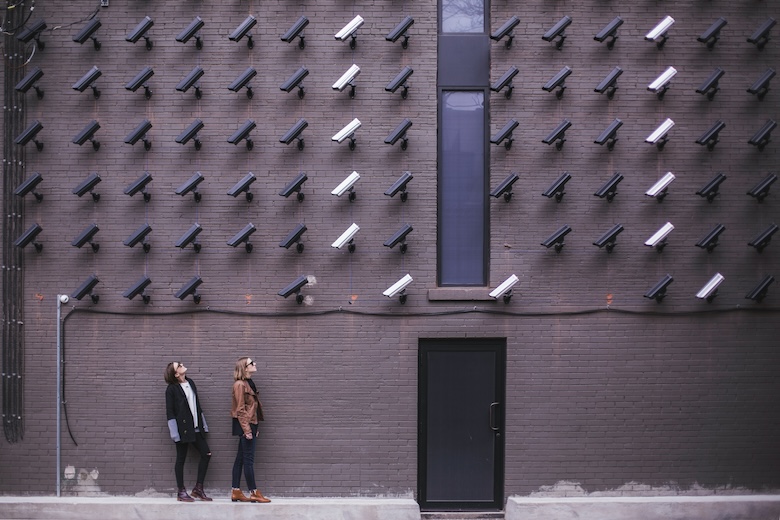Why should you watch this video?
Explore the intersection of advanced AI technologies and law enforcement, showcasing how AI-driven surveillance systems are reshaping crime-solving but also igniting debates over privacy and bias.
Key Points
The video details how police departments, like in New Orleans, are utilizing AI to analyze surveillance footage, employing technologies such as facial recognition, sensors, drones, and real-time crime centers to enhance their capabilities. It highlights the efficiency of these systems in solving crimes by tracking objects and people, exemplified by the use of over 400 cameras in New Orleans. However, it also raises concerns around privacy, potential biases, and the implications of creating a surveillance state, with critics and community activists voicing apprehensions about the impact on civil liberties and racial profiling.
Broader Context
The deployment of AI in law enforcement reflects a broader trend of digital transformation across sectors. However, unlike other applications, AI in policing brings forward critical ethical dilemmas about surveillance, privacy rights, and the potential for exacerbating systemic biases. The discussion aligns with global debates on the balance between technological advancement and the preservation of fundamental human rights.
Q&A
-
How are police departments using AI in surveillance?
- Police departments are integrating AI to analyze video surveillance, utilizing facial recognition, sensors, and drones to monitor, surveil, and solve crimes more efficiently.
-
What concerns are raised by the use of AI in law enforcement?
- Concerns include privacy infringement, potential biases in AI systems leading to discriminatory practices, and the fear of creating a pervasive surveillance state.
-
How is the public reacting to increased surveillance by law enforcement?
- Reactions are mixed, with some community members appreciating the enhanced safety, while others, particularly activists, express unease over constant monitoring and its implications for privacy and freedom.
Deep Dive
Focusing on the specific technology of machine learning in surveillance, the video discusses how systems like BriefCam analyze and condense footage to identify objects and people quickly. This capability raises questions about the depth of surveillance and the extent to which individuals’ movements are tracked without their consent.
Future Scenarios and Predictions
As AI technology evolves, law enforcement’s surveillance capabilities will likely become more sophisticated, potentially leading to even more effective crime-solving tools. However, this advancement could also escalate the privacy and bias concerns, necessitating stronger regulatory frameworks and ethical guidelines for AI use in policing.
What could go wrong?
The unchecked use of AI in surveillance could lead to widespread privacy violations, deepen racial and societal biases, and erode public trust in law enforcement. Without proper oversight and accountability, these technologies risk amplifying the very issues they seek to address.
Inspiration Sparks
Imagine a future society where AI-driven surveillance has optimized public safety to unprecedented levels, but at the cost of personal privacy. Write a short story exploring the day in the life of a citizen navigating this reality, highlighting both the conveniences and challenges they face.


